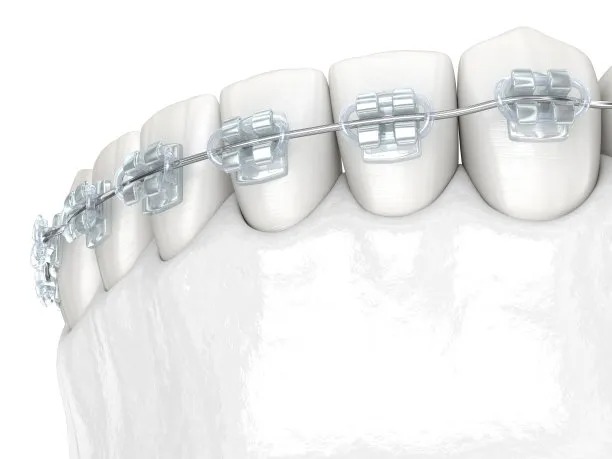Essential Guidelines and Precautions for Ensuring a Successful Dental Filling Experience
Summary: A dental filling is a common procedure that helps restore teeth affected by decay, but ensuring a successful experience requires careful preparation and understanding. This article outlines essential guidelines and precautions to follow before, during, and after a dental filling procedure. By following these recommendations, patients can enhance their comfort and outcomes, reduce anxiety, and facilitate effective communication with dental professionals. The discussed aspects include selecting the right dentist, understanding the filling materials, preparing mentally and physically for the procedure, and following aftercare instructions to maintain optimal oral health. This comprehensive guide aims to empower patients to approach dental fillings with confidence and peace of mind.
1. Choosing the Right Dentist is Crucial

Finding a qualified dentist should be your top priority when preparing for a dental filling. Look for a practitioner who is experienced, well-reviewed, and specializes in restorative dentistry. Check online reviews, or seek recommendations from friends and family to find a trustworthy professional.
During your initial consultation, pay attention to the dentists communication style and approach. A good dentist will take the time to explain the procedure, address your concerns, and provide insights into the recommended filling materials based on your specific needs.
Additionally, ensure that the dental office follows proper hygiene and safety protocols. A clean and well-organized environment indicates that the practice prioritizes patient safety, which can significantly affect your overall experience during the filling procedure.
2. Understanding Different Filling Materials
Dental fillings come in various materials, including composite resins, amalgam, gold, and porcelain. Each type has its pros and cons, and understanding these can help you make an informed decision. Composite resins are popular for their aesthetic appeal, blending well with natural teeth. However, they may not be as durable as amalgam or gold fillings.
Amalgam fillings, made from a mix of metals, are known for their strength and longevity. They are better suited for back teeth, where chewing pressure is higher. Discuss with your dentist which material is best for your situation based on your dental health, budget, and aesthetic preferences.
Moreover, consider the longevity and maintenance of each type of filling. Some materials may require more frequent replacements or cleanings, affecting your long-term dental care routine. Understanding these factors can lead to a satisfactory outcome and fewer dental visits in the future.
3. Mental and Physical Preparation Matters
Being mentally prepared can greatly ease anxiety surrounding your dental filling. Practice relaxation techniques such as deep breathing or visualization exercises before your appointment to help calm your nerves. Discuss any fears or concerns with your dentist, as they can provide reassurance and modify the procedure to suit your comfort level.
Physical preparation is equally important. Ensure you have a light meal before your appointment to avoid feeling faint during the procedure. If youre receiving anesthesia, your dentist may recommend you refrain from eating for a certain period beforehand, so follow their guidelines closely.
Arriving at the dental office early can also alleviate stress. This gives you time to fill out any necessary paperwork, settle in, and discuss last-minute questions with your dentist. A smooth start to your appointment can positively influence the entire experience.
4. Following Aftercare Instructions is Key
Post-procedure care is vital for the healing process following a dental filling. Your dentist will provide aftercare instructions designed to promote recovery and protect the filling. Typically, you should avoid biting down on the filled tooth for a few hours following the procedure to allow the anesthesia to wear off.
Maintaining proper oral hygiene around the filled area is crucial. Brush and floss gently to avoid damaging the filling, and consider using an antibacterial mouthwash to reduce the risk of infection. Regular check-ups with your dentist will also help monitor the condition of the filling and the health of surrounding teeth.
If you experience any prolonged sensitivity, pain, or discomfort after the filling, contact your dentist immediately. These symptoms could indicate an underlying issue, such as a poorly fitted filling or decay that needs further evaluation. Prompt communication can prevent complications and ensure the longevity of your dental work.
Summary:
The successful experience of obtaining a dental filling hinges on several important steps, including choosing a qualified dentist, understanding the various filling materials available, and adequately preparing mentally and physically. Post-procedure care is equally vital to ensure the longevity of the filling and the health of your mouth.
This article is compiled by Vickong Dental and the content is for reference only.



